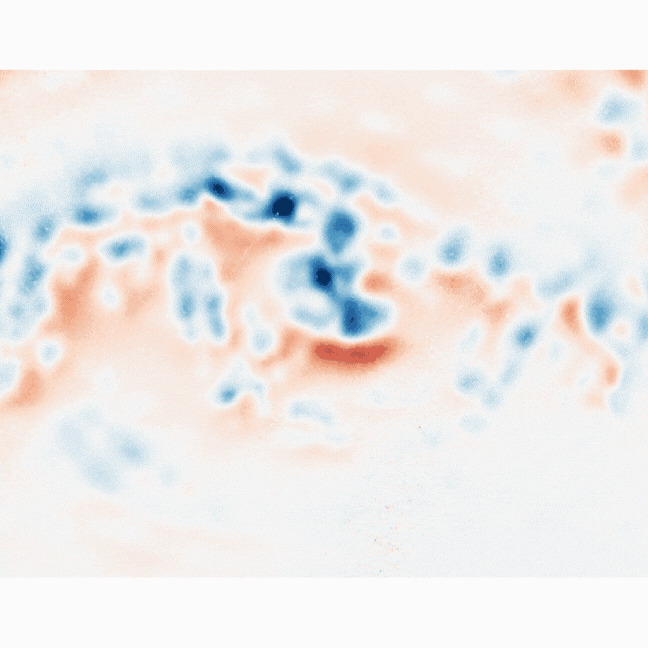The NEW Quantum Diamond Microscope (QDM) is a premier imaging tool based on nitrogen vacancy (NV) centers in diamond — providing non-invasive magnetic imaging with high spatial resolution and wide field-of-view. And it’s available through Quantum Design UK and Ireland.

Image Credit: Quantum Design
Developed in the labs of QDM.IO co-founders Roger Fu and Ronald Walsworth, the QDM enables wide-field imaging of magnetic fields, with applications spanning geoscience, bio-imaging, electronics, materials characterisation, and quantum research.
Features
Image millitesla to nanotesla magnetic fields
Tunable spatial resolution down to less than one micron and field-of-view up to four millimeters in a single image. Larger samples can be readily mapped by tiling multiple images.
Correlate Magnetic and Optical Images
Collect magnetic and optical images of samples using the same optical system for straightforward co-registration.

Image Credit: Quantum Design
Vector Measurements
The diamond sensor enables reconstruction of the magnitude and direction of magnetic fields, providing superior reconstruction of magnetic source distributions.

Image Credit: Quantum Design
Quantum-Grade Diamond
Manufactured by QDM.IO partner Element Six, with properties optimized for microscale magnetic field mapping applications.

Image Credit: Quantum Design
Robust and Easy to Use
Operates with no cryogenics, vacuum systems, special infrastructure, or power requirements.
Applications

The QDM has unlocked deeper understanding of our terrestrial world and solar system, rapidly becoming a valuable tool in remanent magnetisation studies of geological samples. As an example, magnetic imaging of magnetic grains in 4-billion-year-old zircons and meteorites has better constrained our understanding of the magnetic geodynamo of both Earth and Mars. QDM analysis of modern speleothems has also enabled more reliable interpretation of a new paleoclimate proxy.